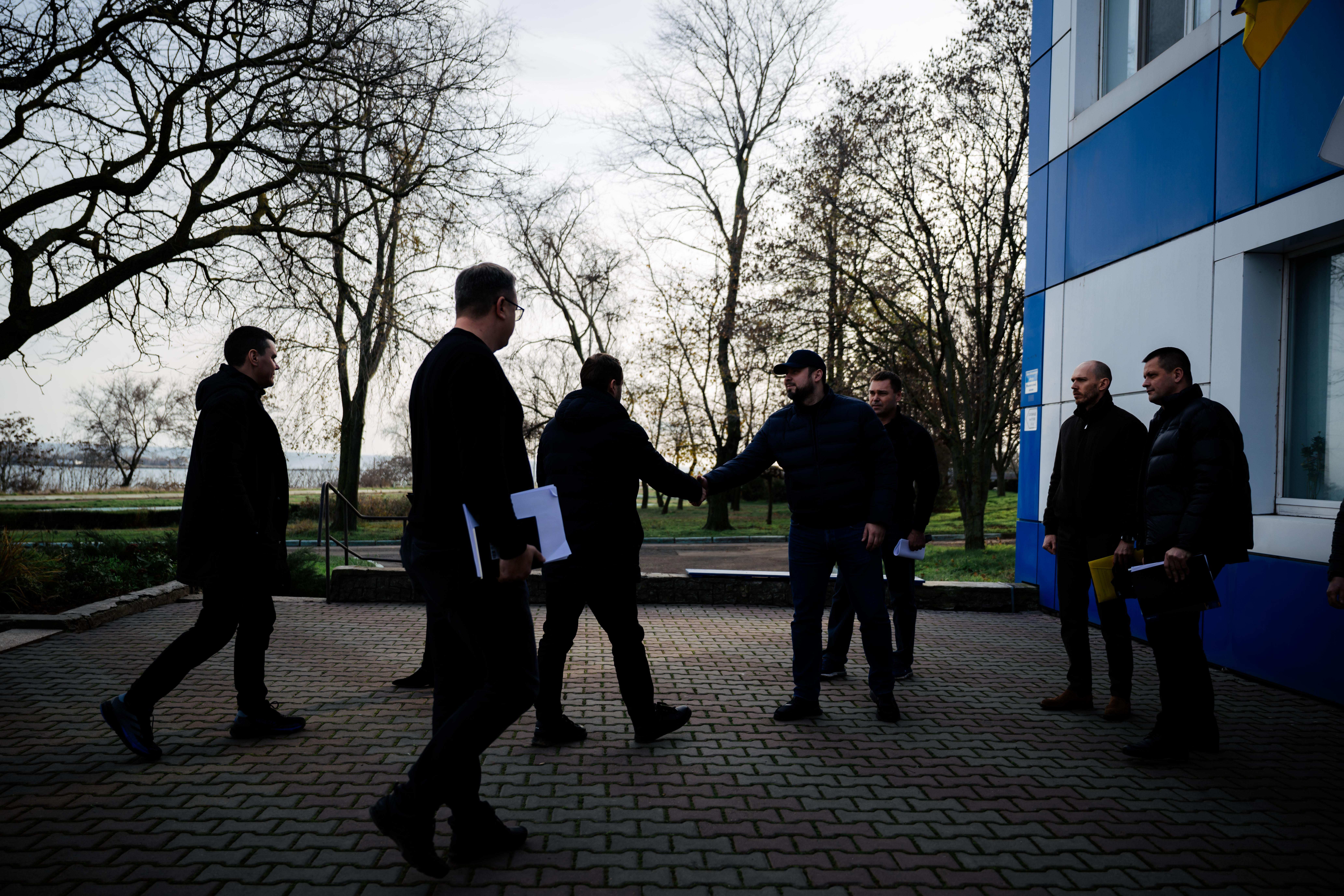Reconstruction of Platonovskiy pier, the oldest hydraulic structure of the Odessa port, was announced by the administration of the Odessa port.
According to the press service of the Odessa branch of the Ukrainian Sea Ports Authority (USPA), in November a contract was signed to develop a project for the reconstruction of berths No. 12-13. It will be developed by the company Aquabudproekt for 16 million 280 thousand hryvnia.
The last time a hydraulic structure was overhauled was back in the 1960s. The reconstruction involves changing the configuration of the left side of the berth and leveling it. The length of the breakwater on the right side is 277 meters, on the left 394 meters, at the end 181 meters.
Today, at the berths of Platonovskiy pier, the transshipment of rolled ferrous metals, cast iron, grain and refractory clay is carried out in the amount of over 2 million tons per year. As a result of the reconstruction, an increase in transshipment volumes and the creation of additional storage areas are expected.
We will be able to moor vessels of larger tonnage, the annual cargo turnover of Platonovskiy Pier should grow from 2.5 to 3.2 million tons. This is according to the most conservative estimates.
Ruslan Sakhautdinov, Head of the Odessa branch of the USPA
The development of a feasibility study for the project and its expertise are planned to be completed in 2021. In 2022, all the necessary documentation package will be approved, and construction work will begin in early 2023.
Platonovskiy pier is one of the first three main breakwaters of the Odessa port and its oldest hydraulic structure. It got its name in honour of the Prince Platon Alexandrovich Zubov, the favourite of Catherine II. In May 1794, a rescript was sent to his name on the construction of a harbour in the captured Khadzhibey, which laid the foundation for the port and City.
Construction began in the same year, and the Large Middle Marina, designed by the Dutch engineer de Volan (François Sainte de Wollant), had been completed by 1797. In the 19th and 20th centuries, the building was rebuilt several times.
Source and picture: Dumskaya.net





















